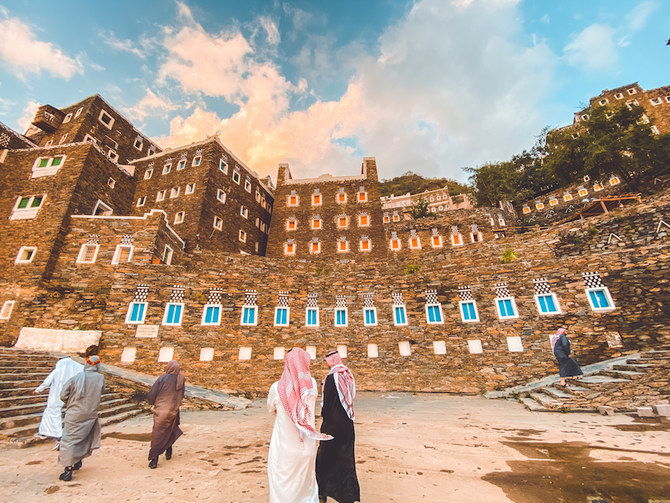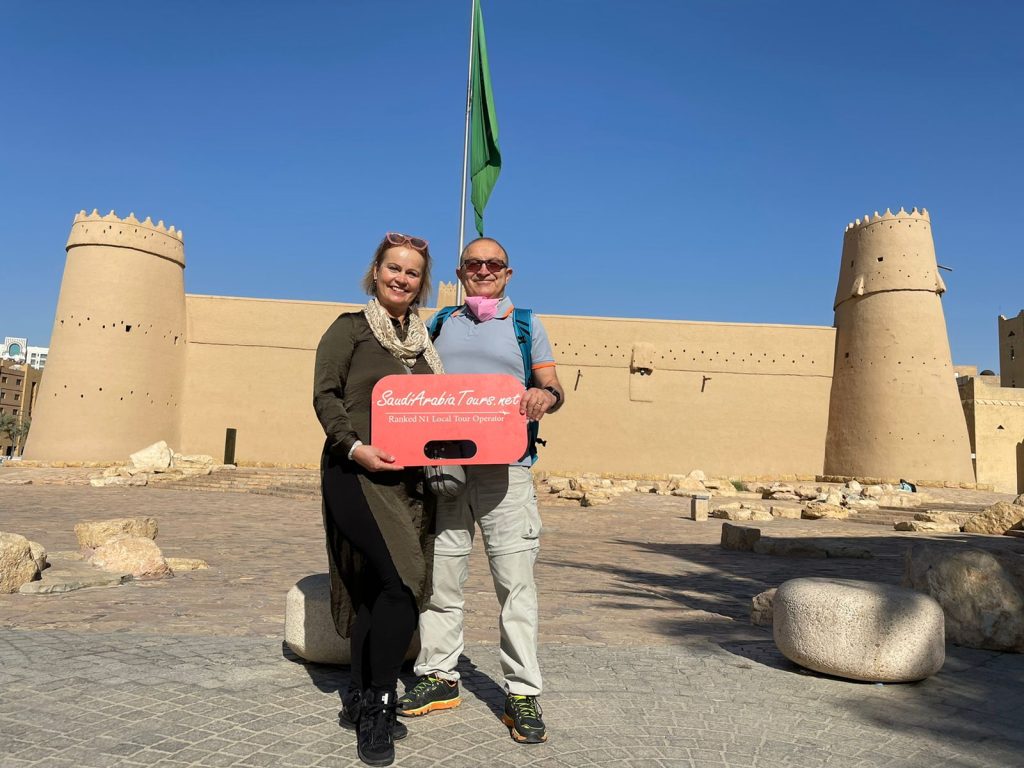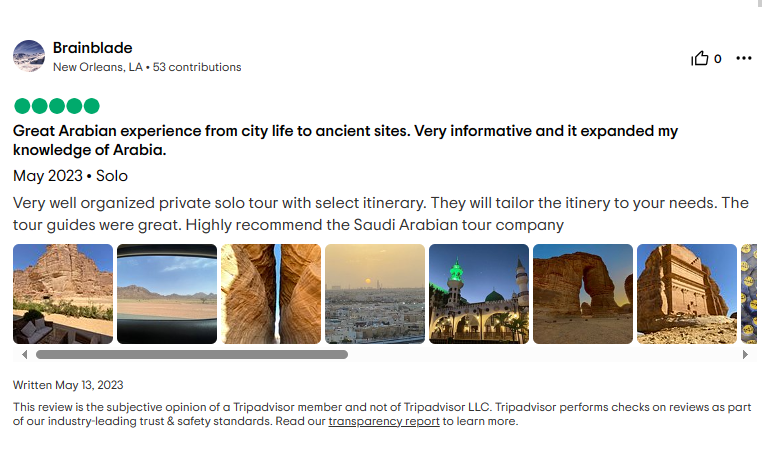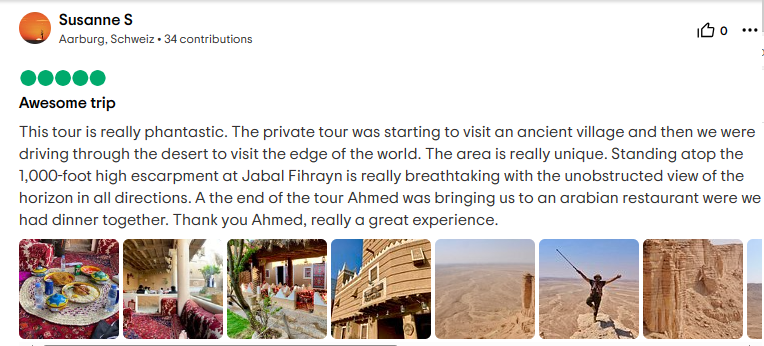
In the intricate tapestry of Saudi Arabian history, the rise of the Second Saudi State stands as a testament to the resilience and determination of a nation facing internal strife and external pressures. Spanning the tumultuous period from the late 19th to the early 20th century, this era marked the resurgence of the House of Saud after a period of decline following the establishment of the first Saudi state.
The Decline of the First Saudi State:
The First Saudi State, founded by Abdulaziz Al Saud in 1932, faced numerous challenges in the following decades. Internal power struggles, regional conflicts, and tensions with the Ottoman Empire weakened the foundations of the nascent kingdom. In 1818, the Ottomans, with the help of their Egyptian allies, successfully dismantled the First Saudi State, bringing an end to the initial experiment in unifying the Arabian Peninsula under the banner of Wahhabism.
The Emergence of the Second Saudi State:
Despite the setback, the House of Saud remained a potent force in the Arabian Peninsula. The grandson of Abdulaziz Al Saud, Abdul Rahman bin Faisal, played a pivotal role in rekindling the Saudi flame. In 1824, he recaptured Riyadh, laying the groundwork for the resurrection of the Saudi state.
Abdul Rahman bin Faisal’s efforts were further bolstered by his son, Faisal bin Turki, who succeeded him as the ruler of the Second Saudi State. Faisal’s leadership marked a period of consolidation and expansion, as he successfully reclaimed territories lost during the collapse of the First Saudi State. The alliance with the Ikhwan, the same Bedouin warrior group that played a crucial role in the first state, proved instrumental in achieving military successes.
The Ikhwan and the Conquest of the Arabian Peninsula:
The Ikhwan, fiercely committed to Wahhabism, emerged as a formidable force under the leadership of Faisal bin Turki. Their military campaigns, characterized by swift and brutal tactics, aimed to establish Wahhabism and extend the borders of the Second Saudi State. Together, the House of Saud and the Ikhwan conquered significant territories, including the Hejaz region, which encompassed the holy cities of Mecca and Medina.
Challenges and Transformations:
While the alliance with the Ikhwan brought territorial gains, it also posed internal challenges. The Ikhwan sought a more puritanical interpretation of Wahhabism and clashed with the more pragmatic and moderate policies of the ruling House of Saud. This tension eventually led to a conflict known as the Ikhwan Revolt in the late 1920s.
Abdulaziz Al Saud, the founder of the modern Saudi state, skillfully navigated the complexities of the Ikhwan Revolt, quelling the rebellion and consolidating power. This marked a crucial phase in the establishment of the Second Saudi State, setting the stage for the formation of the modern Kingdom of Saudi Arabia.
The rise of the Second Saudi State is a saga of resilience, strategic maneuvering, and the unwavering commitment to Wahhabism. The House of Saud, in collaboration with the Ikhwan, successfully navigated a complex geopolitical landscape, reclaiming lost territories and laying the foundations for the modern Kingdom of Saudi Arabia. This period of resurgence not only shaped the destiny of the House of Saud but also left an indelible mark on the socio-political landscape of the Arabian Peninsula. The lessons learned during this tumultuous era continue to resonate in the modern challenges faced by the Kingdom, making the rise of the Second Saudi State a pivotal chapter in the nation’s history.
Today, Saudi Arabia stands as a major player in the Middle East, with a unique blend of tradition and modernity. The country has undergone significant economic and social transformations while maintaining its role as the custodian of Islam’s two holiest cities.
The founding of Saudi Arabia is a story of ambition, strategic alliances, and religious fervor. The House of Saud’s rise to power, coupled with the influence of Wahhabism, created a nation that has left an indelible mark on the Middle East. As Saudi Arabia continues to navigate the complexities of the modern world, its founding remains a crucial chapter in the region’s history, shaping the destiny of a nation and influencing the broader geopolitical landscape.
Visit Saudi Arabia Destinations Now
Here are some of our Saudi Arabia private tours, offering you the opportunity to embark on a captivating journey through the Kingdom of Saudi Arabia. Immerse yourself in the rich history of Saudi Arabia as you explore ancient wonders in cities like Riyadh, Jeddah, and Mecca. Discover the archaeological marvels of Al-Ula, with its UNESCO-listed Madain Saleh, and stroll through the traditional streets of Al-Ula Old Town. Experience the highland haven of Abha, nestled in the Asir Province, where you can explore Asir National Park and the historic village of Habala. Take in the breathtaking views at Al-Soudah Park and witness the natural beauty that defines the diverse landscapes of this enchanting kingdom. Whether you’re drawn to the historical charm of Riyadh or the mountainous landscapes of Abha, our Saudi Arabia private tours promise “A Trip to Remember.”

4 Days Riyadh Heritage Tour Package


Saudi Arabia Explorer Riyadh, AlUla and Jeddah – 8 Days

Majestic Tour of Saudi Arabia – 10 Days

How Good are Saudi Arabia Tours?
Saudi Arabia Tours prides itself on being the best travel agency in Saudi Arabia as proven by our numerous positive reviews.



Frequently Asked Questions?
Is Saudi Arabia safe for tourists?
Tourists have been visiting Saudi Arabia and Saudi Arabians have a well-earned reputation for warmth and kindness toward visitors. Saudi Arabia cities are generally very safe, especially in areas where tourists frequent.
How to get a Saudi tourist visa?
Applying for a tourist visa to Saudi Arabia is easy. If you are from one of the 49 eligible countries, you can apply through the eVisa website. Holders of US, UK, or Schengen visas can apply for the visa upon arrival. Saudi Arabia is opening its doors to the world through its new tourist visa. Visitors will have the chance to discover and experience the warm hospitality of the Saudi people, the rich heritage, the vibrant culture, and Saudi Arabia’s diverse and breathtaking landscapes. The visa will be a one-year, multiple-entry visa, allowing tourists to spend up to 90 days in the country.
Are non-Muslims allowed in Saudi?
Non-Muslims can travel to all cities in Saudi Arabia except Medinah and Mekkah, Not allowed to non-Muslims to enter Mecca and Medinah.
Can I wear jeans in Saudi Arabia?
Both men and women are asked to dress modestly in public, avoiding tight-fitting clothing. Women should cover their shoulders and knees in public.
Contact us for more information on:
saudiarabiatours.net@gmail.com
Address: Head Office Olaya St, Riyadh 12213, Saudi Arabia.
If you are booking and taking the tour within 24 hours, or have an urgent request, call us on
Cell/whatsapp : +966558018938 For more info please visit Saudi Arabia Tours

